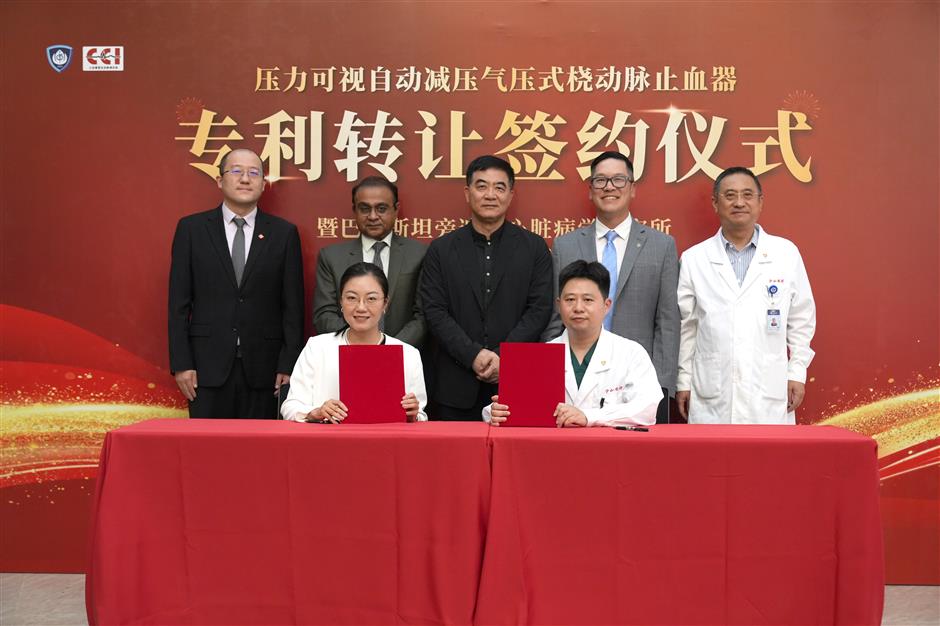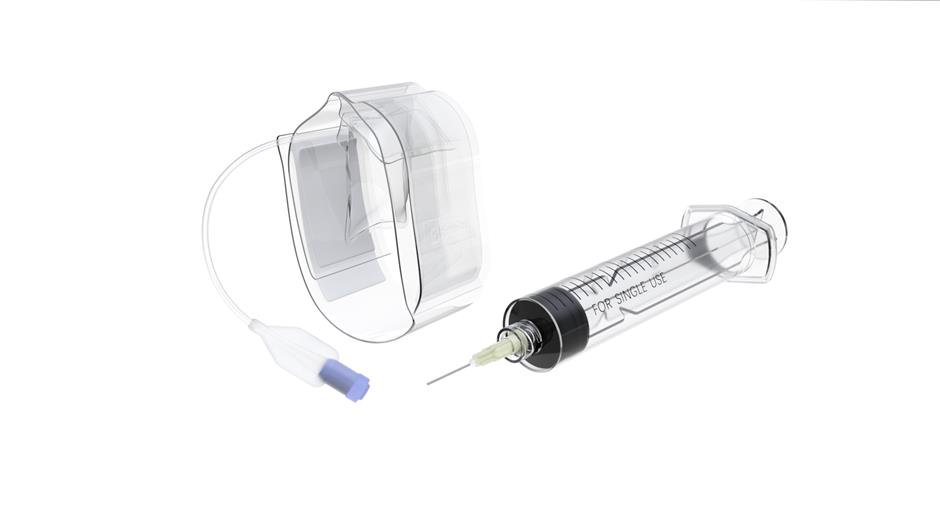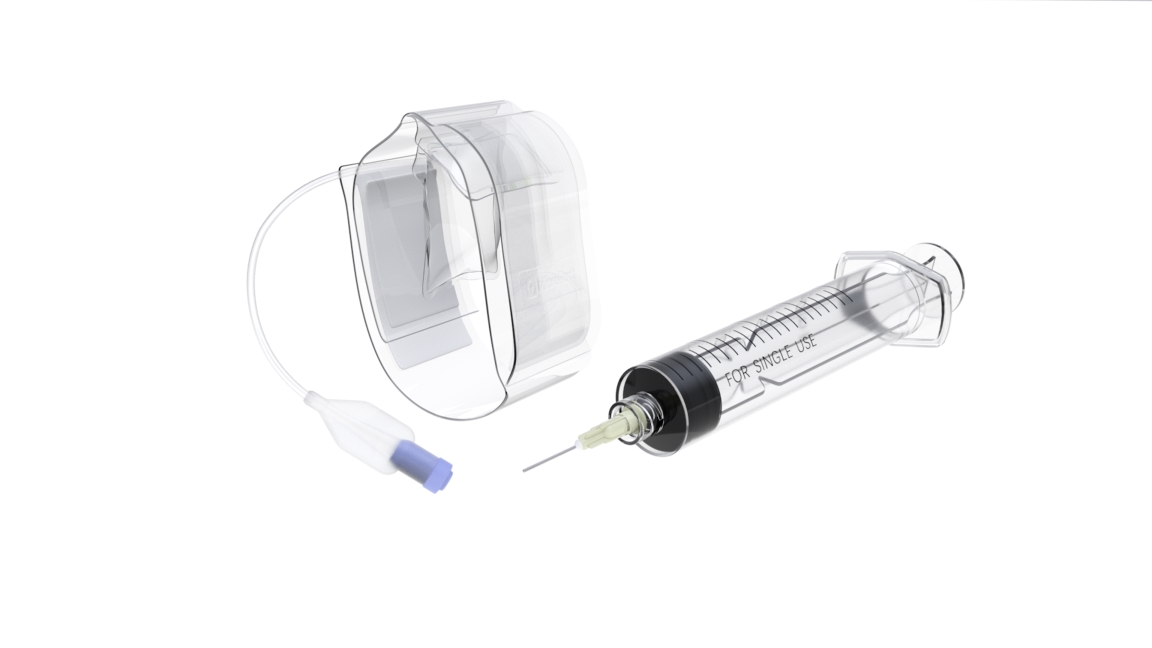
Shanghai's Zhongshan Hospital has signed an agreement to transfer the patent of a hemostatic device on radial artery after interventional heart surgery to the Punjab Institute of Cardiology, a top medical facility in Pakistan, allowing foreign patients to enjoy the small, convenient and patient-friendly device.
In Pakistan, doctors stop after-surgery bleeding by pressing patients' wound through sandbags.

Shanghai's Zhongshan Hospital has signed an agreement to transfer the patent of a hemostatic device on radial artery after interventional heart surgery to the Punjab Institute of Cardiology, a top medical facility in Pakistan.
The patent transfer stems from the treatment of a Chinese patient, who was initially treated in Pakistan but later approached Zhongshan Hospital.
The patient, surnamed Ji, was working in Pakistan and suffered an acute myocardial infarction. He was taken to the Punjab Institute of Cardiology, which failed to fix his condition.
Ji, who underwent heart surgery at Zhongshan Hospital 12 years ago, contacted the hospital's Dr Ge Junbo and managed to come to Zhongshan, whose doctors spent three hours to finally open the blocked heart arteries.
Post-surgery, a small hemostatic device was installed on the patient's wrist, through which the wire entered the body via radial artery to reach the heart. Ji said the device is very light and comfortable.
"Patients in Pakistan still have their bleeding stopped by sandbags. Such a good device should be promoted in more hospitals and to more patients," said Ji, who expressed his strong desire and helped contact relevant authorities in Pakistan.
According to Dr Ge, transradial catheterization for diagnostic and interventional coronary procedures is now deemed the care standard. "It allows patients to move freely, compared with the traditional approach of entering the body through femoral artery on the thigh and requiring patients to stay on bed 36 hours after surgery," explained Ge, who introduced the transradial technology to China in 1997.
Even as transradial catheterization became prevalent, Zhongshan doctors didn't stop their research.
"With an increasing number of young and middle-aged coronary disease patients, more people are undergoing repeated interventional heart surgery. The previous hemostatic device deployed the same pressure for all patients, despite their varied physical condition and personal blood pressure. This could cause discomfort for patients, along with a risk of radial artery occlusion," said Dr Dai Yuxiang, who led the device's renovation.
"So we upgraded the device to give each patient individualized pressure, reduce the risk of complications as well as relieve doctor's labor, as it can deflate under a set pace automatically. Such upgrade was the first in the world and we received a patent."
Local doctors said they are very happy that their clinical invention is being recognized by patients and counterparts at home and abroad and brings benefits to overseas patients.

The upgraded hemostatic device developed by doctors from Zhongshan Hospital.

